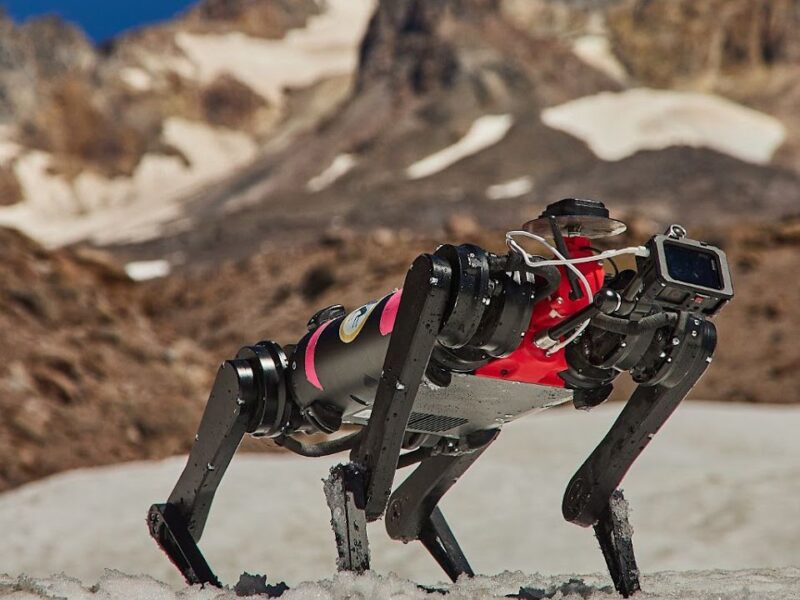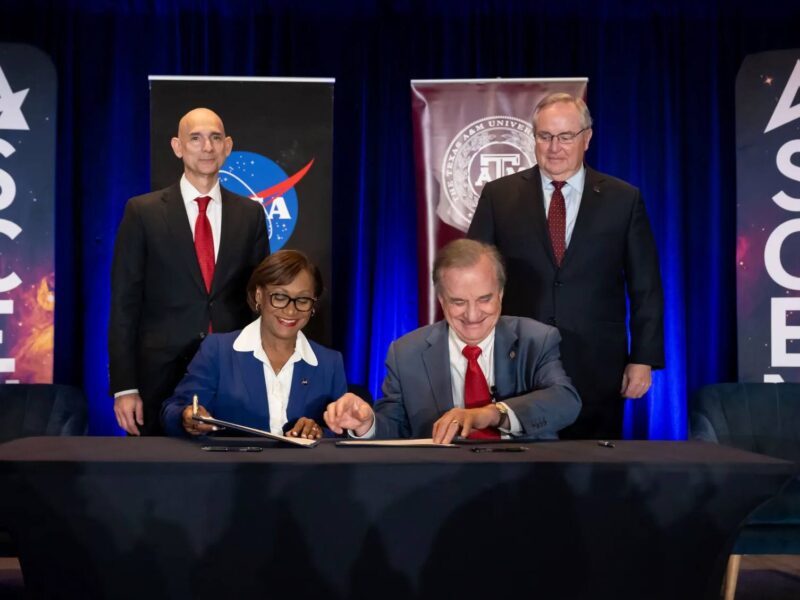Industrial Engineering Researchers Manufacture Parts In Micro-Gravity For NASA

Imagine needing a part to fix something in your home, but not being able to go out to the store to get it. Astronauts and inhabitants of future space missions may not have to face this dilemma while living in space habitats thanks to researchers from Texas A&M University, along with seven universities and industry partners.
Through the Habitats Optimized for Missions of Exploration (HOME) Institute, the researchers are working to solve this problem with on on-demand metal additive manufacturing. Their work will allow space inhabitants to manufacture parts as needed, with or without a human operator.
Texas A&M has been working in the additive manufacturing of metallic parts for close to seven years, which fits into NASA’s Space Technology Research Institute’s goal of manufacturing metallic parts in micro-gravity, said Alaa Elwany, associate professor in the Wm Michael Barnes ’64 Department of Industrial and Systems Engineering.
“Imagine a part, such as a gear, fails on the space habitat. Rather than transporting an enormous amount of spare parts initially to the habitat, the majority of which might not even get used, we can simply send a digital model of that part and manufacture it on site through 3D printing,” Elwany said.
Additive manufacturing is challenging on Earth, and these challenges multiply when there is low gravity. The research done by Texas A&M will enable printing in micro-gravity and testing of parts to ensure they are able to perform effectively. This research is a part of NASA’s In Space Manufacturing Initiative and will be used in future missions, including habitation on the moon and Mars.
The funding provided by NASA to Texas A&M will be used to support doctoral students and post-doctoral researchers.
The HOME team includes the University of California, Davis, in partnership with the University of Colorado Boulder, Carnegie Mellon University, the Georgia Institute of Technology, Howard University, Texas A&M and the University of Southern California. Collaborators in industry include Sierra Nevada Corporation, Blue Origin and United Technology Aerospace Systems.
This article by Alexandra H. Salazar originally appeared on the College of Engineering website.





